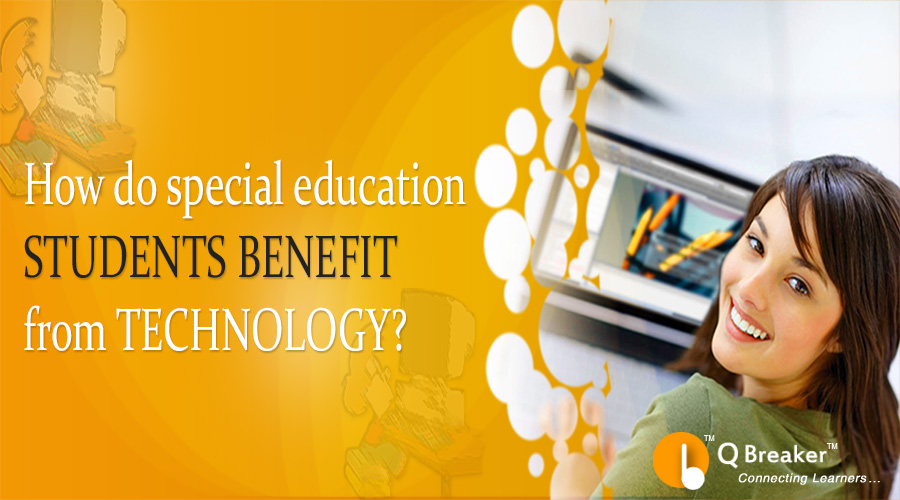How do special education students benefit from technology
Students with
autism, cerebral palsy, speech delays, and down syndrome have found innovative
ways to express themselves; thanks to the technological advancement. Technology is utilized more in a special-education class,
than in any other regular classroom setting, since all the diverse students and
their learning requirements that need to be met so as to make edification
successful for them.
Most of the time people think that
any kind of disorder is a mental illness, but it is a false notion.
According
to the psychologists near about 51% students (age 6-17) have specific learning
disabilities. Most of the time they couldn’t rectify this kind of problems.
Among them, 21% of students have speech or language impairments, whereas 8%
students have emotional disorders. Only 8% students have serious disabilities,
such as orthopedic impairments, multiple disabilities, autism, or traumatic
brain injury. But those students can grow as rapidly as any other students. All
they need is a bit of learning aids and technology provides them exactly what
they want.
For learners with little cognitive
disabilities in reading,
can use text-to-speech products, reading skill software, interactive storybooks,
etc. For those with mild disabilities in writing, can use word prediction
software and voice recognition. For the students with mild disabilities in maths,
can also find a good result in using graphing software, games, drills and
tutorials.
There are some
students, who have moderate to severe cognitive disabilities,
for them, software aids teach and reinforce useful skills such as daily living,
money-management, etc., videos enhance acquisition, transfer of useful and
community-based behaviors and maintenance.
For learners with physical disabilities may use alternative methods of
accessing keyboard, monitor and mouse. Settle on the best placement of adaptive
technology and teach the learners so they are allowed to access it
independently. Monitor to make sure that the highest level of involvement is
obtained with no undue physical demands.
For learners with sensory disabilities like blindness, have extensive options
to use canes and sensor technologies to understand movement, screen readers and
text-to-braille converters. For visually challenged learners, may use built-in
computer screen magnification control panels and Closed-Circuit Television magnification
systems. For hearing impaired learners, assistive listening devices such as FM
amplification systems are the best option.
Though
there are still challenges and problems, the positives undeniably outweigh the
difficulties, giving learners access and use of technical devices, just as the
students in a regular classroom. Technology enhances their independence of
reading, writing and learning, teaching them the basic communication skills
that they are going to need for the rest of their career and beyond. Above all,
the technology brings back the hope to include them in mainstream, ravelling
the chunk opportunities in front of them.


